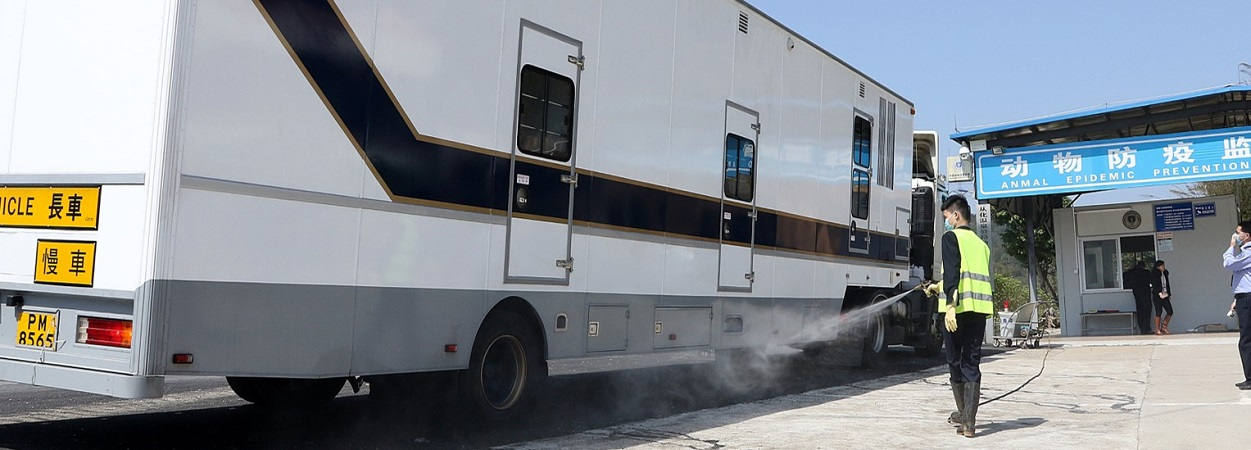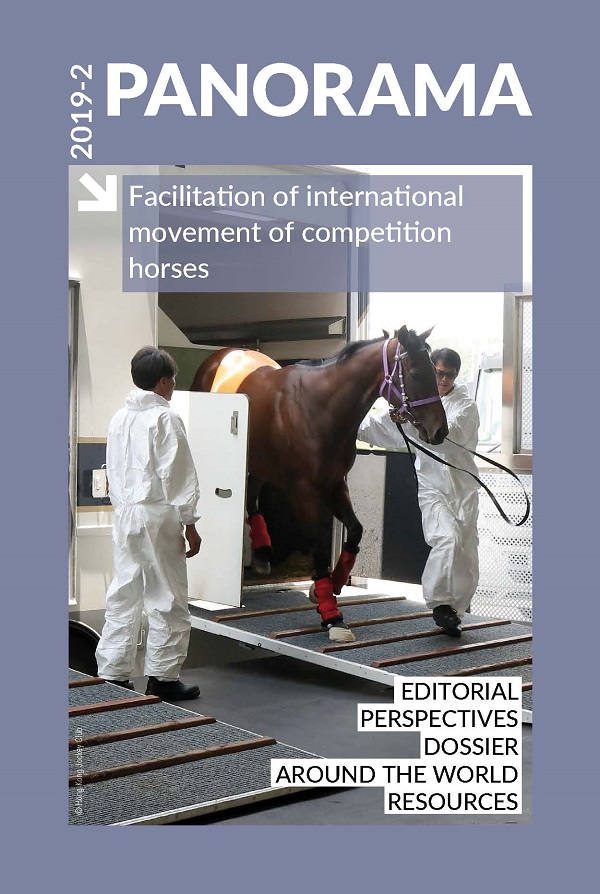Dossier Posted on 2019-08-19 14:41:27
Establishing an equine-disease-free zone (EDFZ)
to host an international horse sports competition
Keywords
Authors
Anthony Kettle, Equine International Consulting, Darwin, Australia.
The designations and denominations employed and the presentation of the material in this article do not imply the expression of any opinion whatsoever on the part of the OIE concerning the legal status of any country, territory, city or area or of its authorities, or concerning the delimitation of its frontiers and boundaries.
The views expressed in this article are solely the responsibility of the author(s). The mention of specific companies or products of manufacturers, whether or not these have been patented, does not imply that these have been endorsed or recommended by the OIE in preference to others of a similar nature that are not mentioned.
By establishing an EDFZ, disease risks are mitigated for horses that have been imported to compete and they are able to return safely to their countries of origin or other destinations.
| Examples of EDFZs recently established to host international equine sports competitions: |
An EDFZ consists of part of a country defined by, and under the control of, the Veterinary Authority. The EDFZ contains an equine population or subpopulation with a specific animal health status for specified equine diseases; i.e. the Veterinary Authority of the country concerned has declared that zone and that subpopulation free from that particular disease.
The list of diseases from which the EDFZ has been declared free should be based on a risk analysis. Such a list is usually based on the equine diseases listed by the OIE but may include other diseases of relevance to international horse movements. It is worth noting that an EDFZ cannot be self-declared free from African horse sickness, as freedom from this disease is based on official recognition by the OIE.
The EDFZ usually comprises a core zone separated from surrounding areas by a physical or geographical barrier. Around this core zone, there is usually a surveillance zone in which the health status of all animals, and especially equines, should be monitored and documented. All equines should be registered and traceable within the EDFZ.
The establishment of an EDFZ is a complex process that requires a thorough risk assessment, sound planning and dedicated resources. The OIE has recently published guidelines to support Member Countries to establish an EDFZ.
https://doi.org/10.20506/bull.2019.2.2977










